
Universidade Fernando Pessoa
Porto, Portugal

Seismic-Sequential Stratigraphy
Submarine canyons, when not filled-up by sediments, induce important lateral velocity changes due to different properties of water and sediments. Plate 112 shows the pull-down anomaly of the reflections underlying the bottom of the submarine canyon. The geological depth interpretation is illustrated in the lower part of the figure and the more likely seismic response (unmigrated line) on the right part.
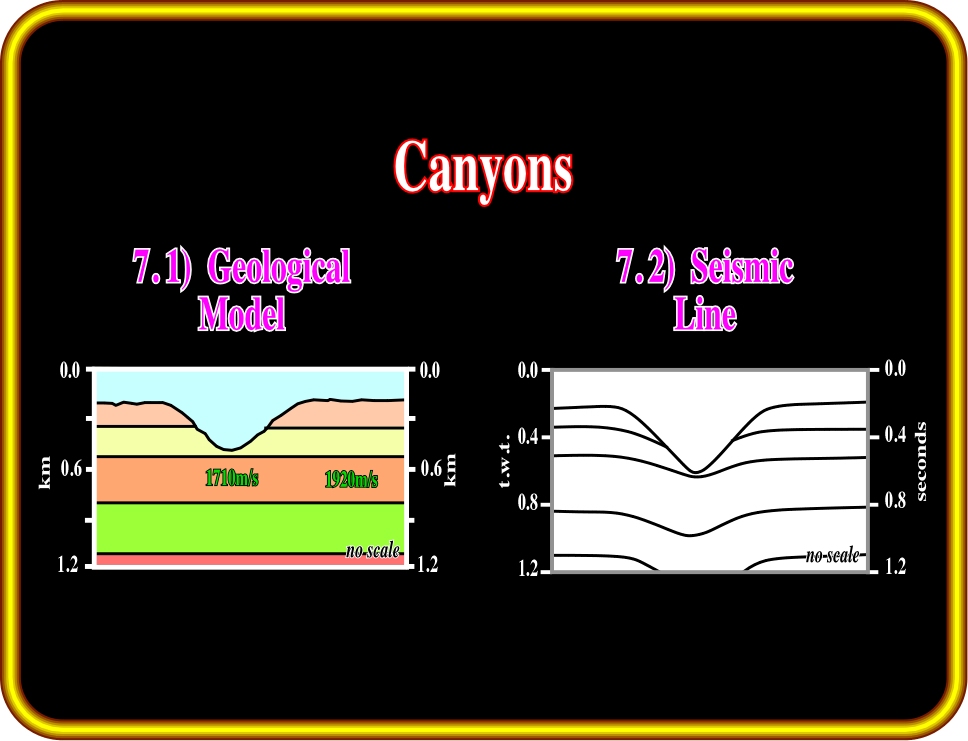
Plate 112- Canyons (submarine valleys) when unfilled by deep water sediments, induce obvious seismic artifacts. In fact, they create sharp lateral changes in the compressional wave velocities (water versus sediments). On a seismic line, when the markers directly below a submarine valley show a synform geometry, the most likely hypothesis is that such a geometry is induced by the lateral velocity change between the water and sediments. Note, the term canyon is often misleading. In Geology, a channel is a linear current mark, larger than a groove, produced on a sedimentary surface parallel to the current, and is often preserved as a channel cast. However, very often, petroleum geologists use the term channel to express its sedimentary filling. Indeed, and particularly, in deep offshore Angola, the filling of turbidite submarine valleys are the most likely prolific reservoir-rocks, explorationists have a tendency to name turbidite channels the onlap filling of the submarine valleys. In fact, the infilling of a submarine valley does not follow the basic principles of the infilling of distributary valleys. The filling of submarine valleys largely postdate the erosional events. On the other hand, the filling corresponds to the stacking of instantaneous but quite time-spaced geological events, i.e. gravity currents.
The velocity model and the seismic response of a geological model, in which a submarine canyon erodes the surrounding sediments is illustrated below. The seismic response is also illustrated below (Plate 113). It was determined using the wave equations software.
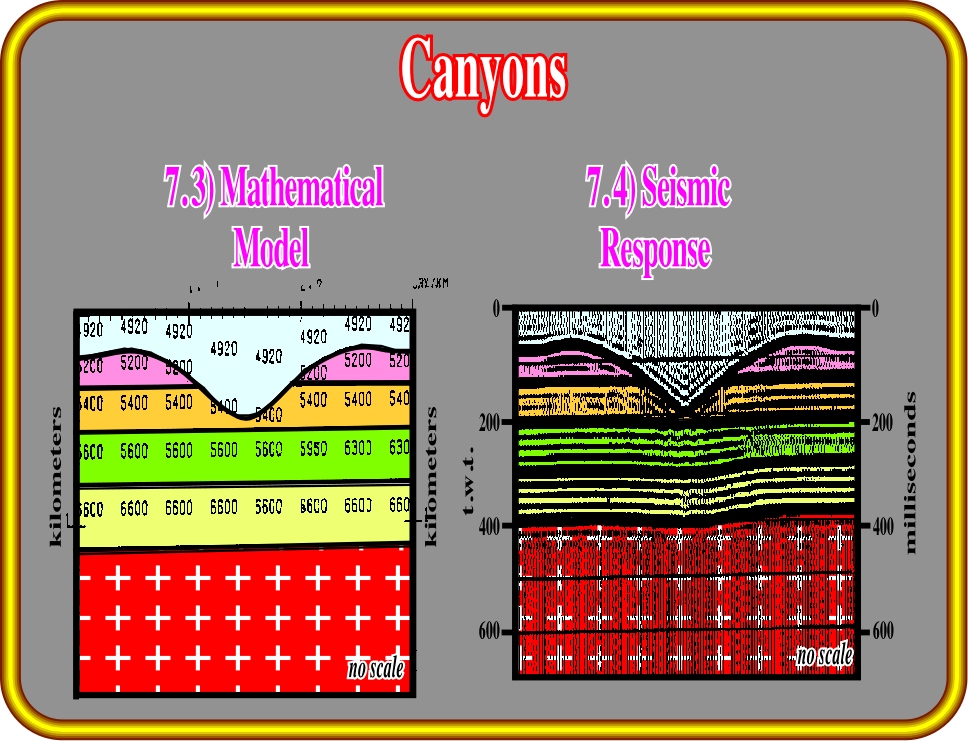
Plate 113- In the velocity model, illustrated above (left part of the figure), there is no lateral changes in the compressional wave velocity. Only the concave geometry of the submarine valley induces local velocity changes, which on the seismic response are represented by the slight pull-down of the seismic reflector underlying the submarine channel. However, as depicted on the seismic line illustrated on Plate 114, the seismic is not so obvious as above, since real undulating seismic reflectors can be pictured, on a time-profile (unmigrated or migrated) as horizontal.
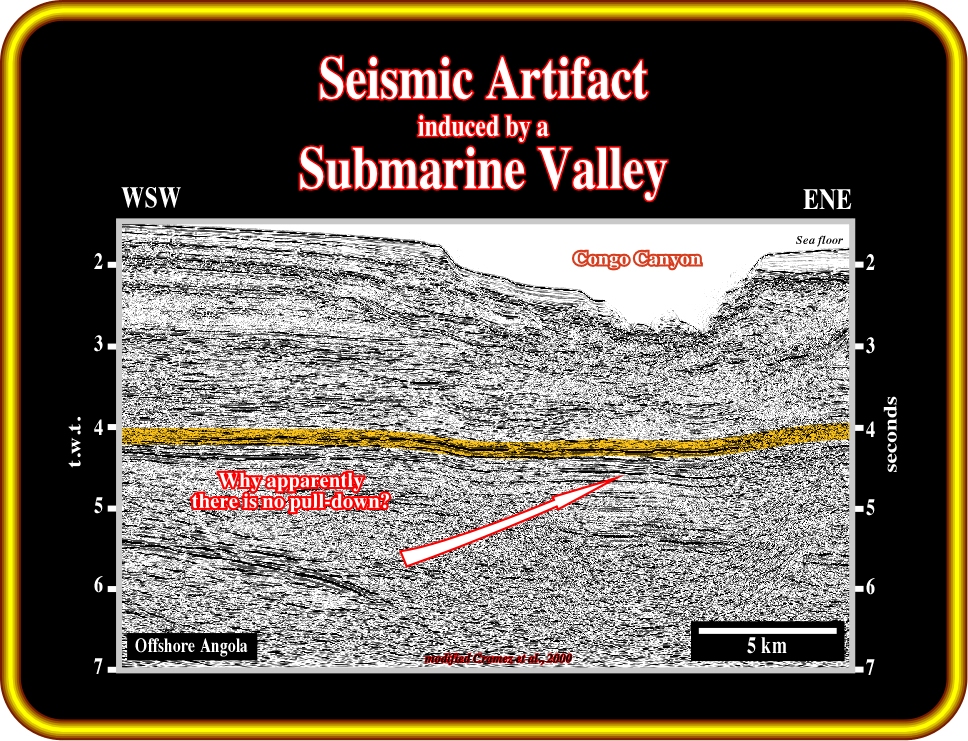
Plate 114- On this seismic line, from the deep offshore Angola, a typical seismic artifact, induced by the lateral change in water depth created by the Congo Canyon (in blue), is illustrated by the horizontal geometry of the yellow marker. Actually, the horizontal geometry of this marker is apparent. Theoretically, the change in water-depth, induced by the Congo Canyon, delays, locally, the seismic waves, hence, all seismic markers below it are pulled-down. However, as the yellow marker is horizontal, that means, in reality, as in a depth-converted line, it is concave upward, since the delay of the seismic waves is correct. In fact, the yellow marker corresponds to the top of an inverted rift-type basin. Subsequently, a potential structural trap, at the level of the rift-type basin, exists under the canyon.
In very cold areas, as in North Slope (Canada), it is very common to see a quite misleading seismic artifact, often interpreted as compressional tectonic feature, as it is illustrated in Plate 115. The antiform geometry of the reflectors is induced by the higher velocity of the seismic waves through the sub-cropping freezing porous sediments, as depicted bellow.

Plate 115- This figure illustrates a typical seismic artifact found very often in permafrost areas, that is to say, in any soil, subsoil, or other superficial deposits, or even bedrock, occurring in arctic, subarctic, and alpine regions, at a variable depth beneath the Earth’s surface, in which a temperature below freezing has existed continuously for a long time. Indeed, in the areas with a freezing temperature, the compressional wave velocity is substantially increased and so, in a seismic response, the associated reflectors will be pulled-up as illustrated above. In the geological model, the change in the compressional wave velocity from 2840 m/s to 3360 m/s is due to the fact that water filling the pores in outcropping sediments is frozen. In fact, the thickness of the permafrost can range from over 1000 m in north to 30 cm in the south. Indeed, it underlies about one-fifth of the world’s land area.

Plate 116- The seismic response of a geological model with freezing areas is more than evident. Actually, this particular seismic artifact is easily recognized by seismic interpreters having a minimum of tectonic knowledge. Indeed, theoretically speaking, a concentric fold (the thickness of strata is constant, when measured perpendicular to the bedding planes) cannot keep the same geometry in depth, since volume problems (Goguel’s law) increase with depth. In other words, when an interpreter recognizes on a seismic line an antiform structure that keeps the same shape in depth, they must suspect a seismic artifact, particularly if the seismic line comes from an area where permafrost is possible.
In order to understand the seismic response of synforms with different geometries we will show several velocity models and their associated responses.
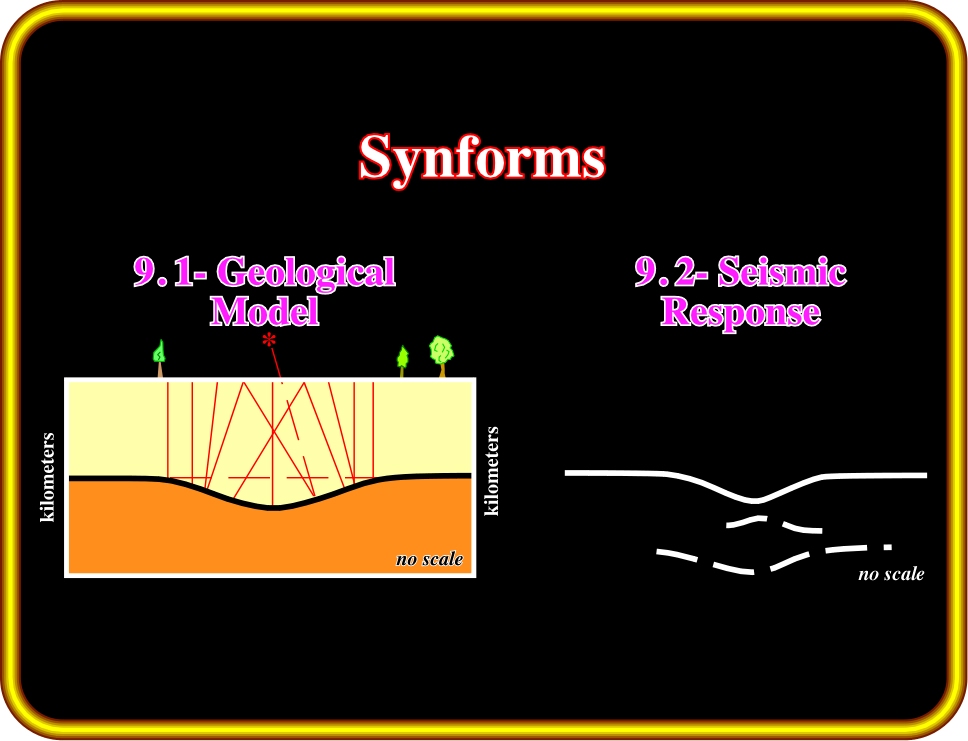
Plate 117- On this figure a geological model of a synform and its seismic response on an unmigrated seismic line is illustrated. Notice the geometry of the synform (assuming the synform corresponds to an arc of circle) suggests a circle of centre above the ground.
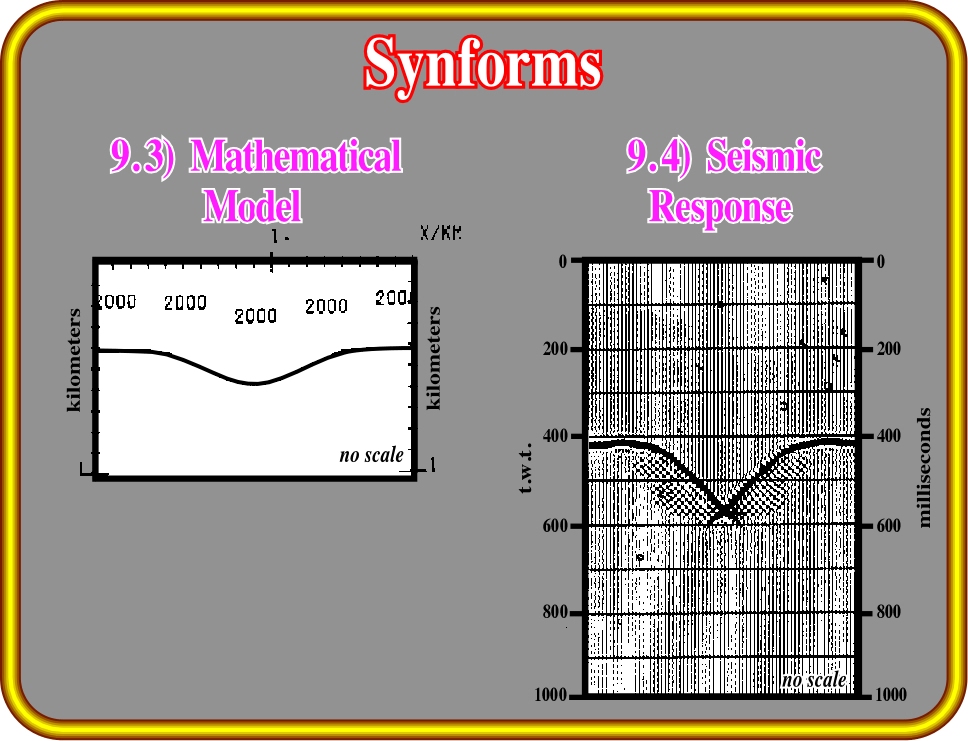
Plate 118- In the mathematical model of the previous geological model (circle centre of synform above the ground) the seismic velocity of the upper interval was assumed to be 2000 m/s. On the seismic answer (unmigrated) the synform marker almost does not have any “moustache”.
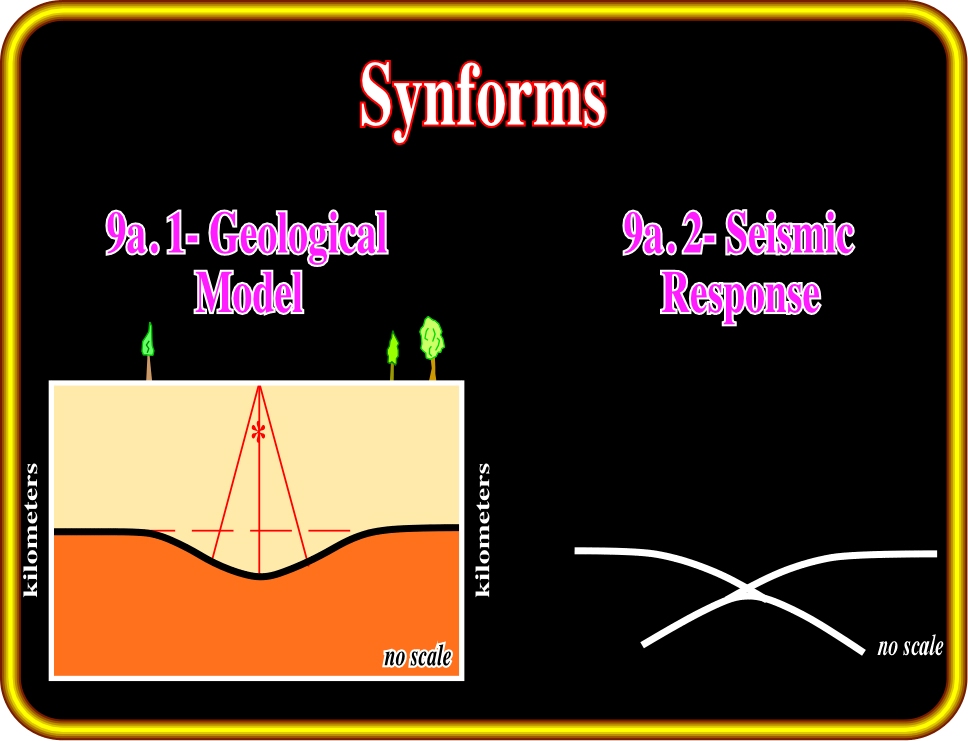
Plate 119- On this geological model, the center of the synform is below the Earth’s surface, near the top of the upper sedimentary package. Contrariwise of the previous seismic answer, in this case, the reflector associated with the synform interface shows a quite sharp and large “moustache”.
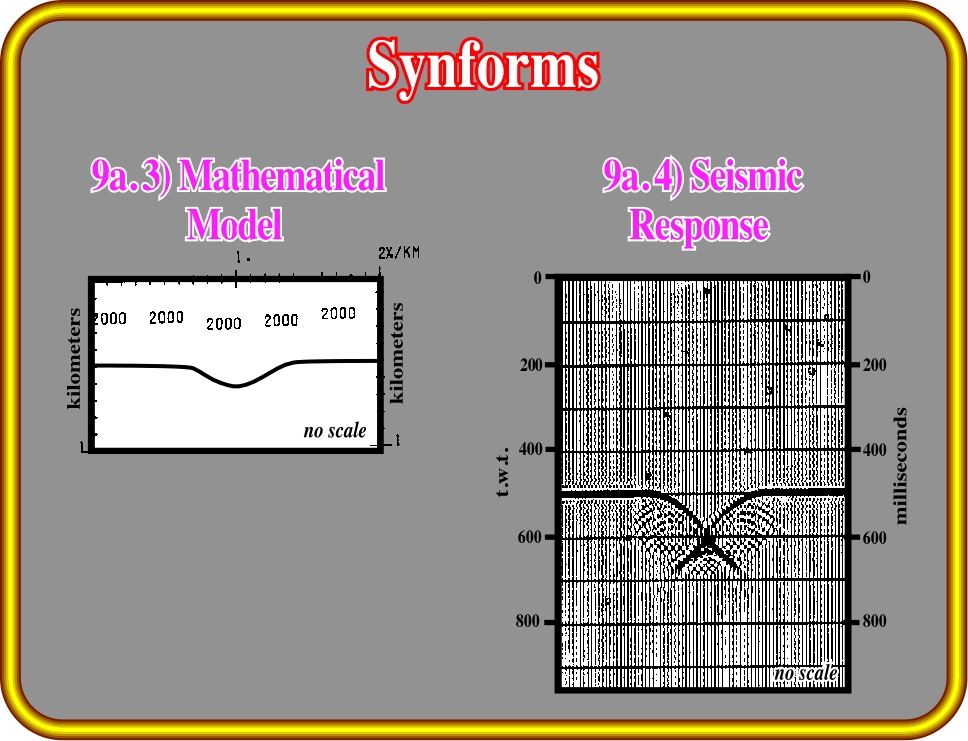
Plate 120- In relation to the previous mathematical model only the curvature of the synform was changed. In this particular instance the curvature center is under the Earth’s surface. The seismic response of the synform interface, on an unmigrated line, strongly suggest a significant “moustache”.

Fig. 121- In this geological model, the curvature centre of the synform is under the Earth’s surface, near the bottom of the upper sedimentary interval, that is to say deeper than in the previous example. The potential seismic answer of the synform interface, as expected, corresponds to a butterfly geometry (large “moustaches”).
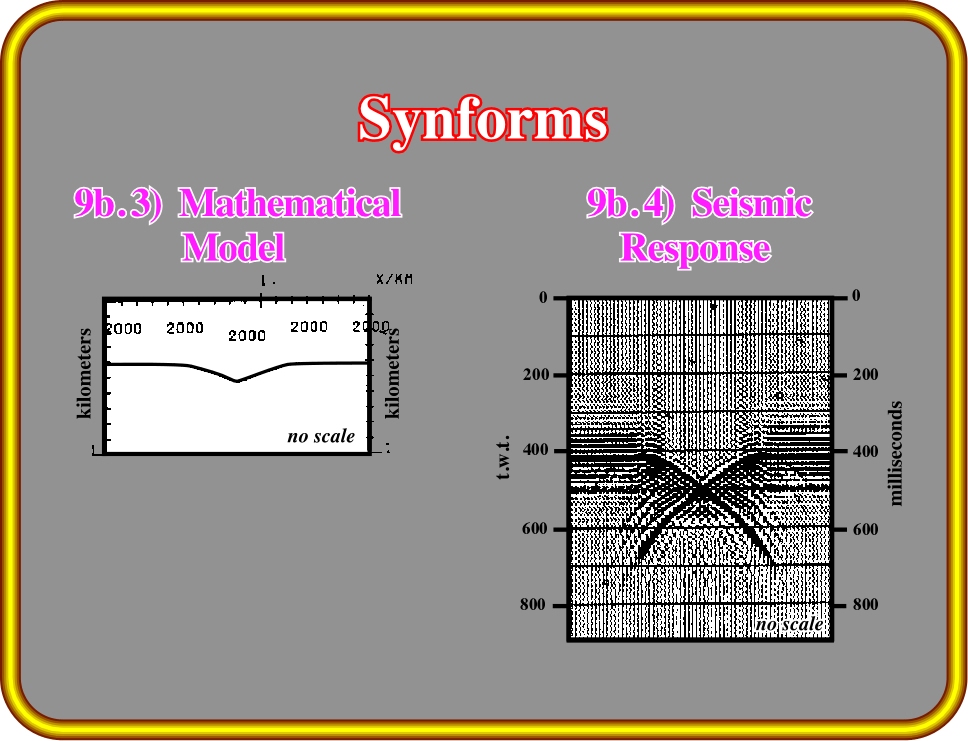
Plate 122- The seismic response to the mathematical model corroborates the previous predicted seismic answer. Indeed, the butterfly geometry is quite easily recognized on the above unmigrated seismic answer.
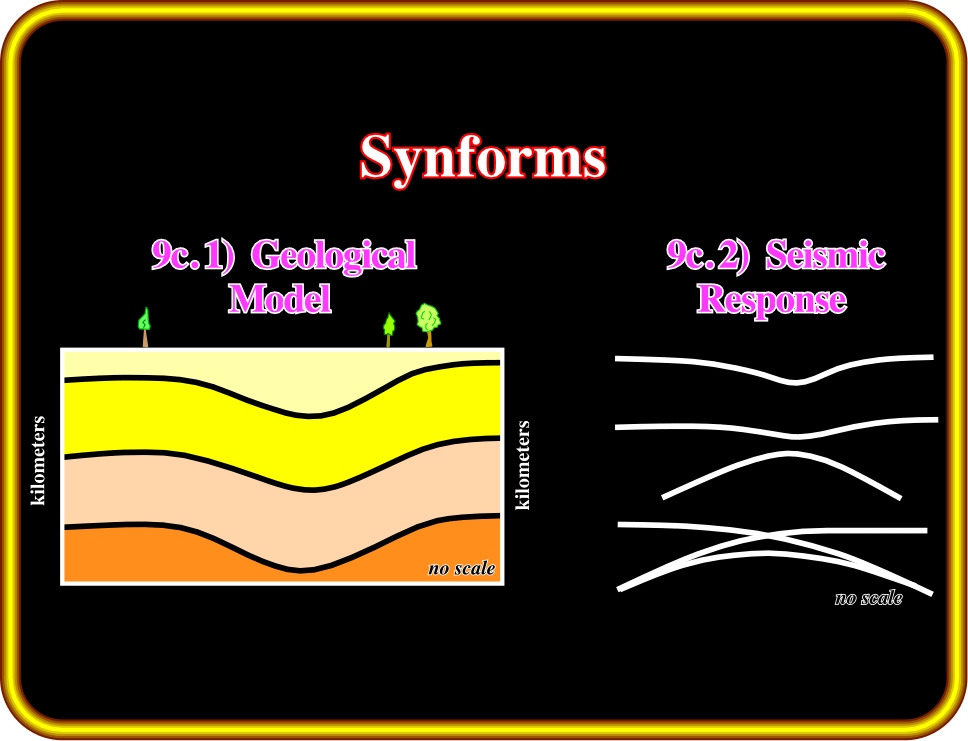
Plate 123- Finally, on this geological model, from bottom to top, there are three major synforms with decreasing curvatures, that is to say, the curvature center of the upper synform is located above the Earth’s surface, while the other are deeper in the ground. The likely seismic answer is, from top to bottom, a synform geometry without “moustaches”, with moustaches and with a butterfly geometry.
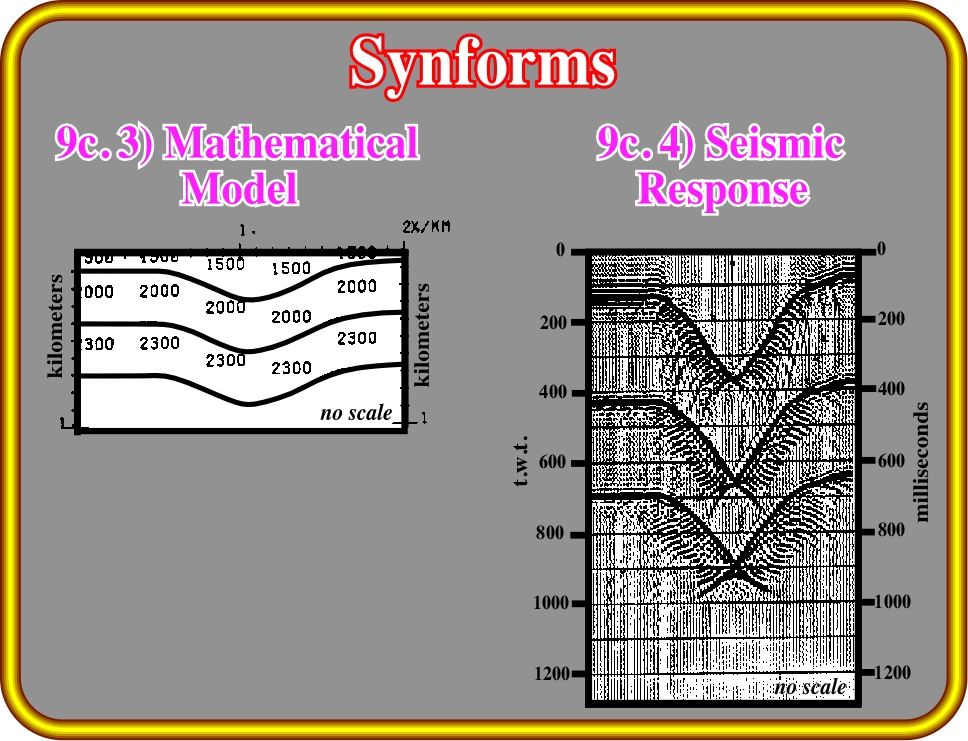
Fig. 124- In the mathematical model the sedimentary intervals have average velocities of 1500, 2000 and 2300 meters per second and decreasing curvatures. The unmigrated seismic response corresponds to the stacking of three synform reflectors. However, from top to bottom, they have different geometries: (i) without “moustaches”, (ii) with “moustaches” and (iii) butterfly like.